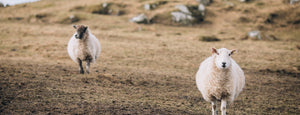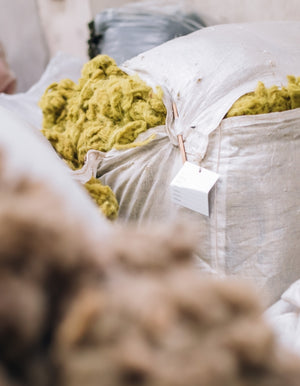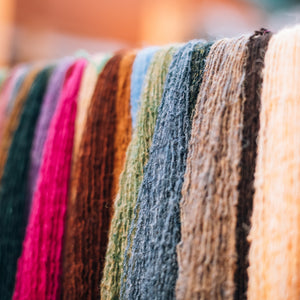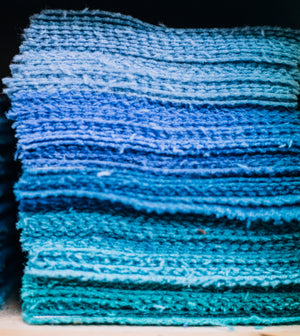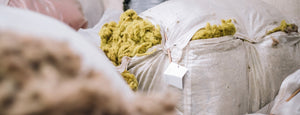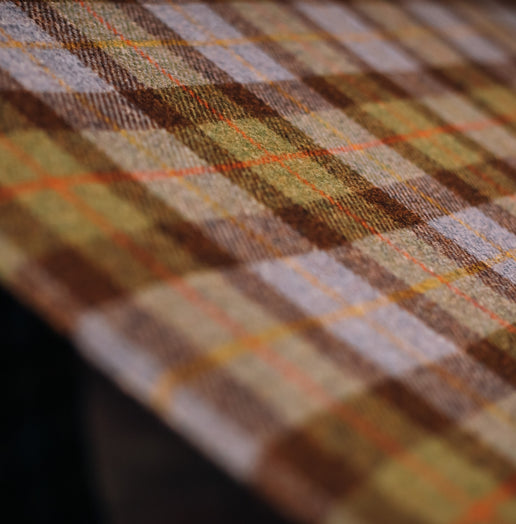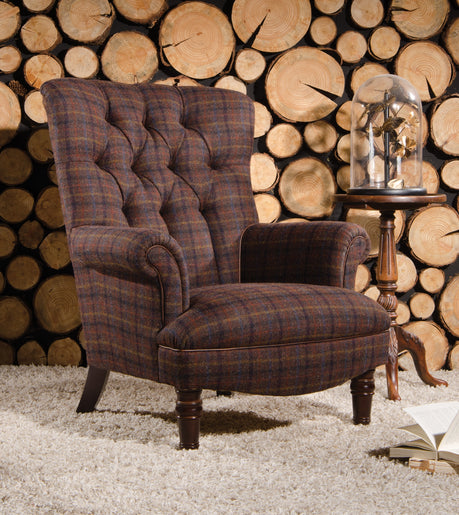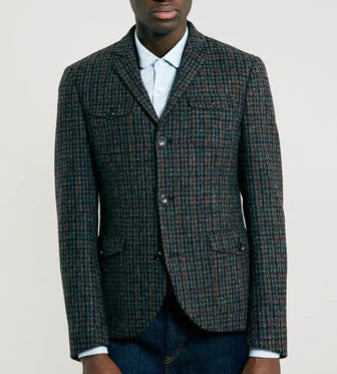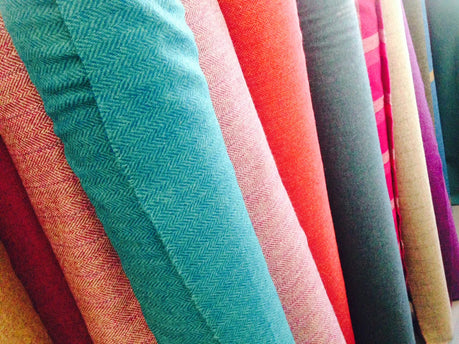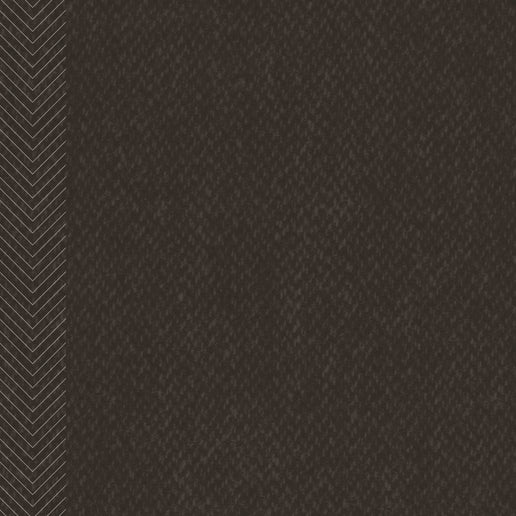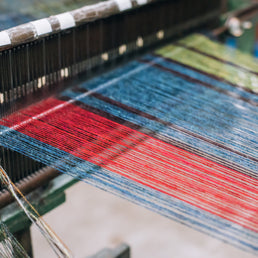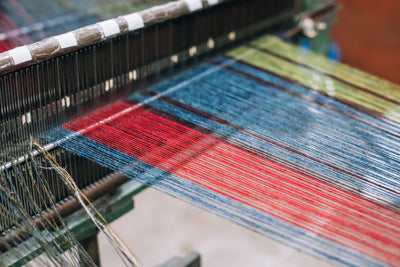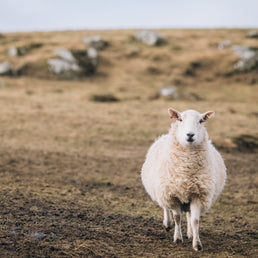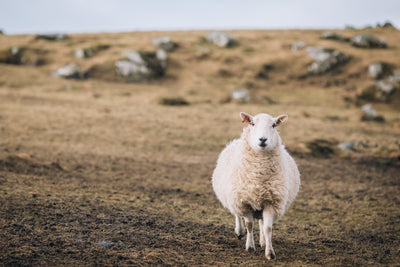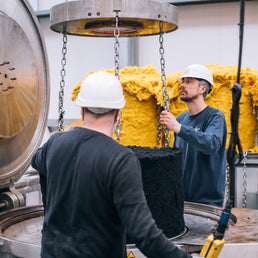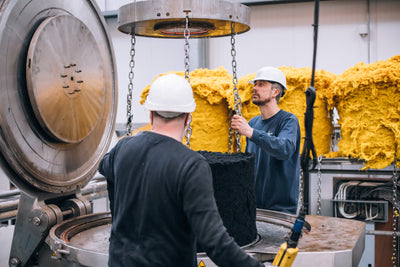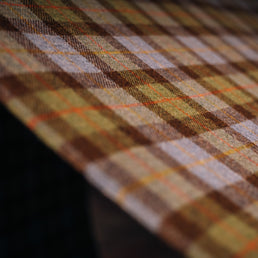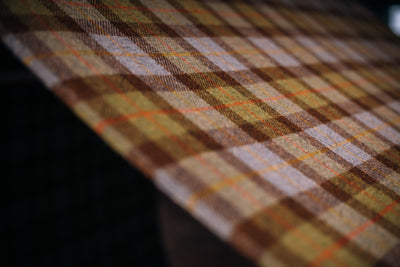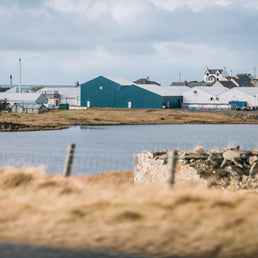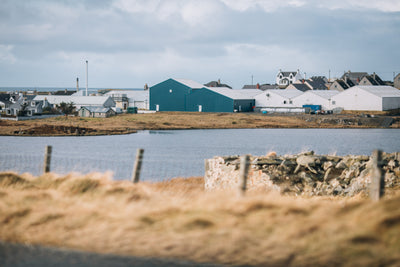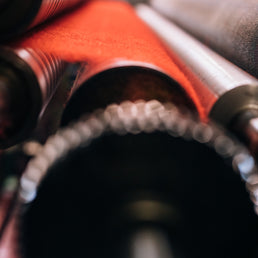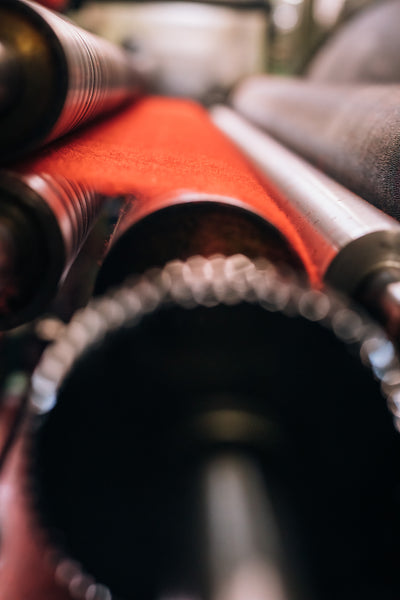
TEASERS, strippers, nippers, some eccentrics and a fancy. It all sounds rather risqué and more suited to the business of burlesque than the production of Harris Tweed.
These are all textile technicalities, though. They are just some of the names of parts of the huge machine that does the vital process of ‘carding’ the wool — brushing it out and straightening the fibres in readiness for spinning and later the weaving.
Donald Crossley, who has the task of looking after the carding machines for Harris Tweed Hebrides, explained: “The carding process literally brushes out each and every individual wool fibre.
“You are literally brushing, brushing, brushing out the wool which brings order, structure and consistency to the randomness of the wool after the blending process.”
Once upon a time, this process of disentangling the wool and bringing order to its structure would have been done very laboriously by hand, with the fibres manually brushed out between two opposing paddle brushes.
Nowadays, carding machines mimic this action on a grand scale and the machines - or ‘cards’ as they are known - are big beasts in every sense.
Physically, they occupy a huge tract of the mill. Harris Tweed Hebrides has four of the machines (Haigh Chadwick semi-continentals, to those of a technical bent) at the company mill in Shawbost on the Isle of Lewis and they take up about a fifth of the total mill floorspace.
They are thought to weigh around 15 tonnes each and are 20 metres long by two metres wide. They also make quite a racket when they are in full flight.
The history of carding mills in Lewis and Harris goes back to the early 20th Century when it was felt they would help boost the production of tweed by scaling up the carding part of the yarn manufacturing process.
This they certainly do. With some serious mechanical muscle, the wool is moved through a series of giant rollers, covered with thousands of tiny ‘teeth’ or metal hooks, and “brushed, brushed, brushed” until all the individual wool fibres have been pulled apart and orientated the same way.
It must be said that the spools of thread which emerge from the carding machine bear little resemblance to the wool which was loaded into it at the other end - more ‘teddy bear stuffing’ than fine yarn at that first stage of carding.
That wool stuffing is held in a giant cupboard, having been blown through the overhead pipework from the blending sheds, while it awaits carding.
From this cupboard the wool is lifted by hand into the first part of the card, called ‘the hopper’.
The hopper controls the amount of wool that is dropped onto the machine’s beds at one time, in order to ensure volume consistency and avoid any clumps in the eventual yarn.
From there, it is into the second part of the machine – ‘the scribbler’. This is where the carding begins, with the wool passing through a set of rolling drums and brushes.
Some of the elements of the rolling machinery are wonderfully named and it is here you will find the doffers, swifts, workers, strippers and a fancy (a rolling brush, by the way).
Next, it is into the third stage - ‘the card’ itself - where the wool is finely tuned by another set of rolling brushes, which have more teeth per square inch than the previous set.
The now parallel fibres are then matted together into a fine sheet or ‘web’ of wool, which goes into a final set of rollers in the last part of the machine, known as ‘the condenser’. Rather than bearing teeth, these rollers are covered with strips of rubber which stick the web of wool down and separate it into slivers.
The web of wool is worked by ‘the rubbers’ until they have been imparted with a ‘false twist’ which forms them into loose threads ‘slubbings’ with enough strength to withstand the next stage of the production process.
These slubbings are then loaded onto spools, all ready for the spinning frames.




